Project Team
Current
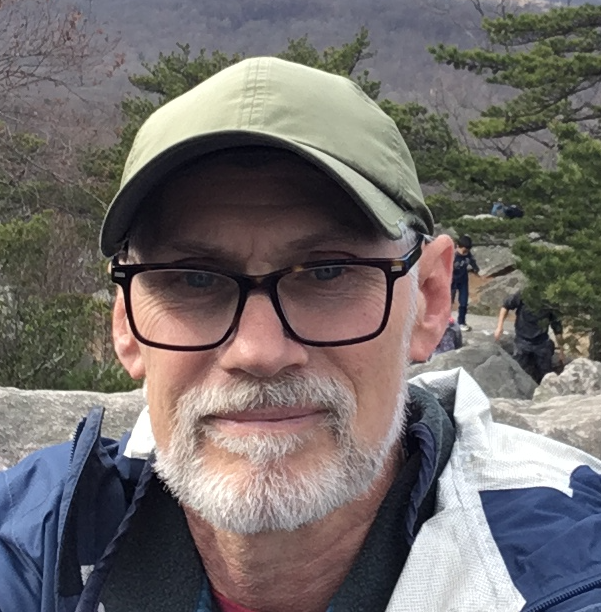
Patrick Neale, PhD has been a research scientist at Smithsonian Environmental Research Center since 1993 supervising the Photobiology and Solar Radiation laboratory. His research focuses on the effects of sunlight, especially ultraviolet radiation, on aquatic ecosystems. Neale received a B.A. in Environmental Studies from SUNY Purchase College, M.A. in statistics at Columbia University and Ph.D. in aquatic ecology at the University of California, Davis.
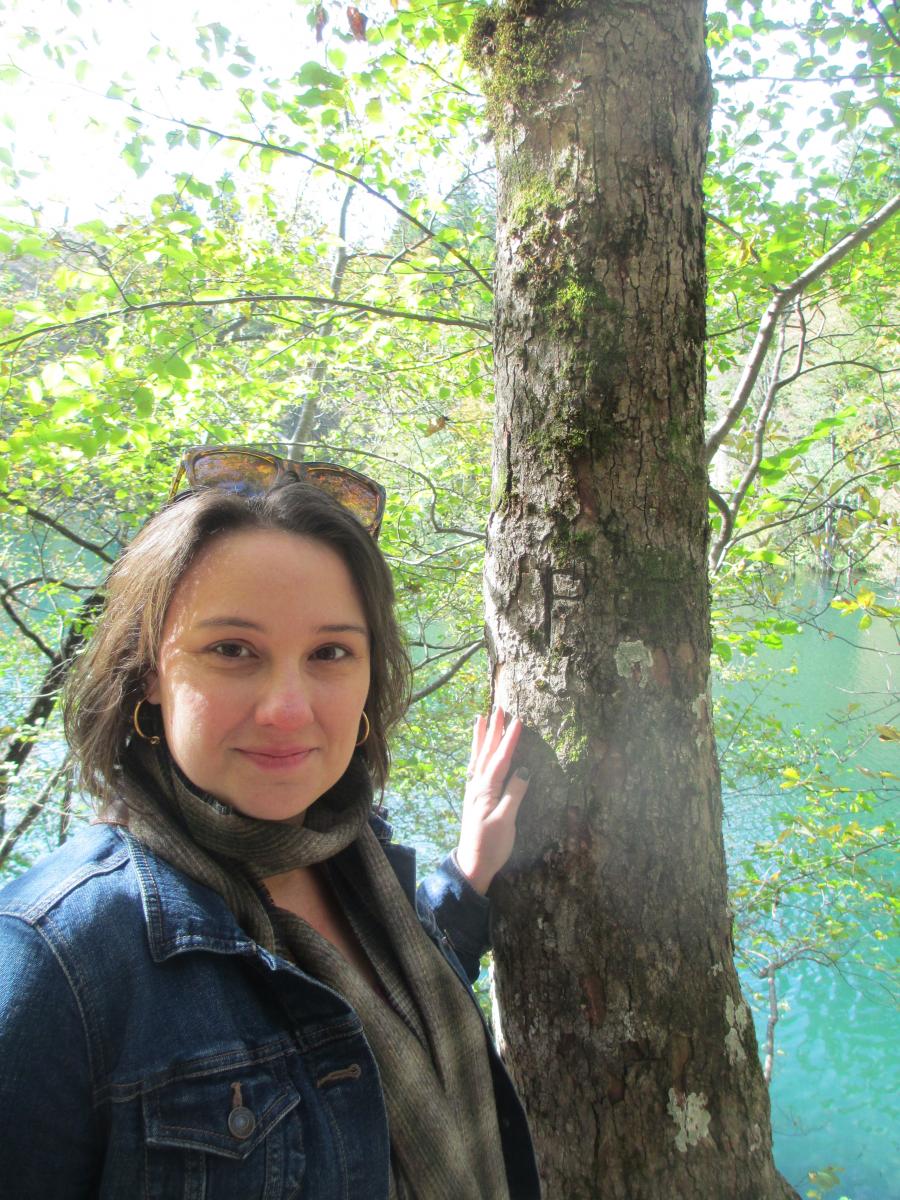
Alison Cawood, PhD is the Director of Public Engagement at the Smithsonian Environmental Research Center (SERC). In this role, she oversees SERC’s environmental education, Participatory Science, and professional training programs, and works to make SERC science relevant and accessible to a wide range of audiences. Alison earned her Ph.D. in Oceanography from Scripps Institution of Oceanography, University of California, San Diego. She earned bachelors’ degrees in Marine Biology and Hispanic Studies from the College of Charleston.
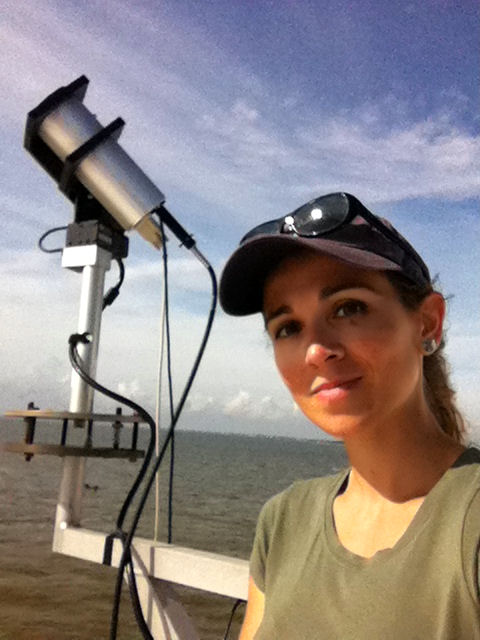
Maria Tzortziou, PhD (Project Institutional PI) is a Professor of Environmental Sciences supervising the Bio-Optics laboratory at the Center for Discovery and Innovation of The City College of New York, and Research Scientist at NASA Goddard Space Flight Center. Her research integrates multidisciplinary datasets, satellite remote sensing observations, and ecosystem models to provide mechanistic insights into the impacts of human and environmental pressures on air- and water-qualty, biogeochemical cycles, and ecological processes along the continuum of inland, coastal, and open ocean ecosystems. Tzortziou serves as the Deputy Program Applications Lead for NASA's PACE (Plankton, Aerosol, Cloud, ocean Ecosystem) mission. She is a Science Team Member and the Applied Science Point of Contact for NASA's first geostationary Ocean Color instrument: GLIMR (Geostationary Littoral Imaging and Monitoring Radiometer).

Tara Sill serves as the research technician for Chesapeake Water Watch, with experience in bacterial and environmental water monitoring and genetic biodiversity studies of the Atlantic Horseshoe crab across the Chesapeake Bay region. With a Bachelor of Science in Biotechnology, Tara is currently advancing her expertise through a Master of Professional Science program in Environmental Geographic Information Science (GIS). Having grown up on the Bay, Tara possesses a deep-rooted passion for enhancing the technology used to address gaps in water monitoring.

Rachel Terracina is the current project coordinator with a rich background in environmental education and community coordination. Terracina received her B.S. in Biology, with a focus on Ecology: Evolution and Behavior, from the University of Wisconsin- Whitewater.
Former
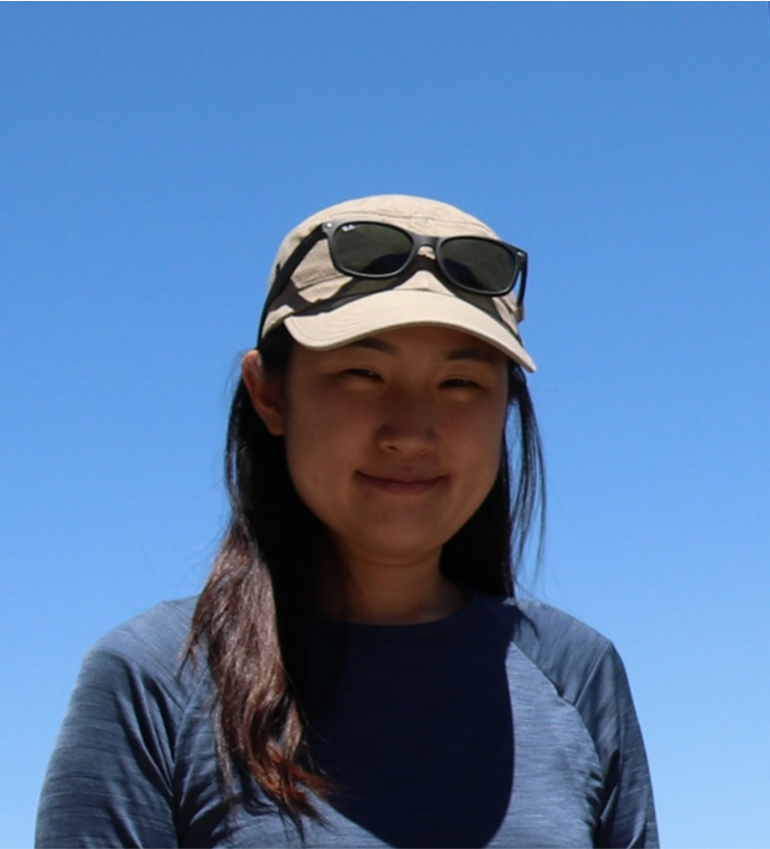
Minsun Lee, PhD is an oceanographer with a strong interest in understanding how physical and biological processes influence water quality parameters and hazardous coastal events. She did her master and PhD in physical oceanography at Seoul National University in South Korea. Most recently, she was a postdoc at Hopkins Marine Station of Stanford University studying a harmful algal bloom event in California region. Lee's past works focused on detecting and understanding spatial and temporal variability of water quality parameters like suspended sediment, oil spill, red tide combining spectral analysis of satellite imagery, field data collection, and machine learning. Now she is interested in using similar approaches to better understand how future climate changes would affect phytoplankton dynamics and harmful algal blooms globally.
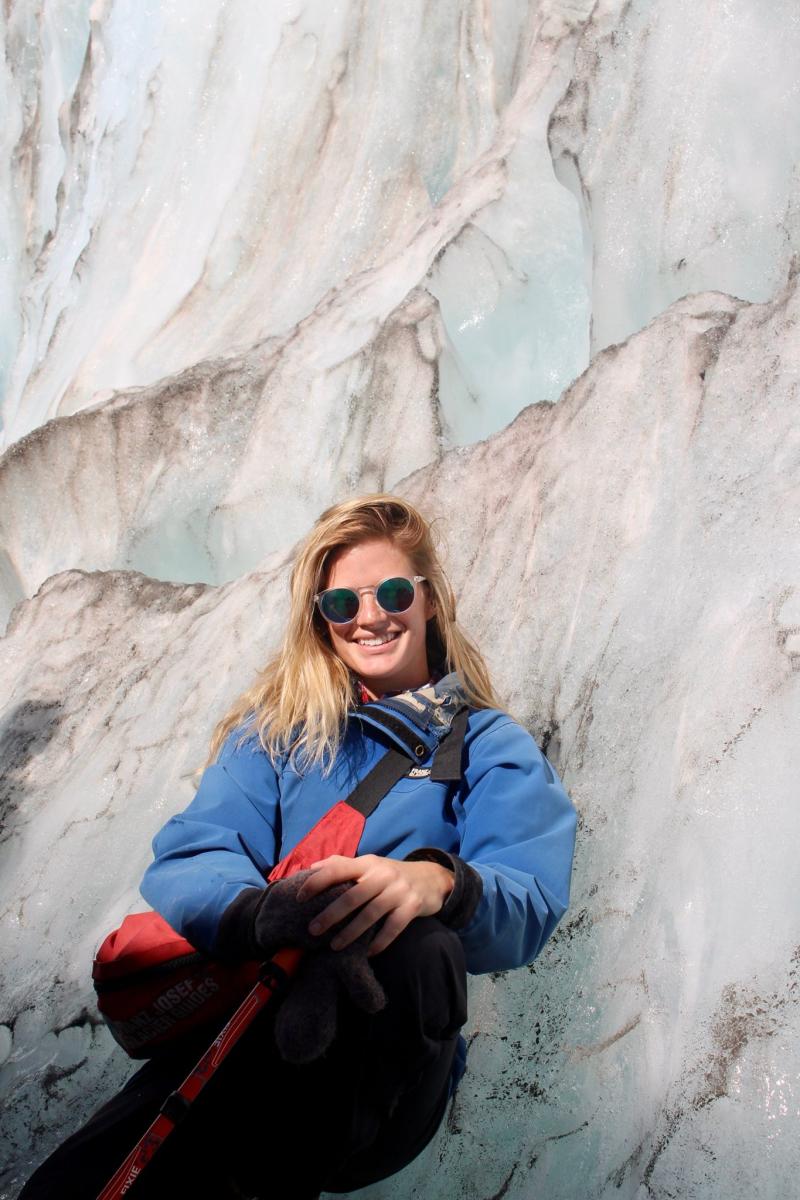
Shelby Brown, MPS was the project coordinator for the program with a background in tropical marine ecology and marine mammal sciences. Brown received a B.S. in Biology, B.S. in Marine Sciences, and an MPS in Marine Mammal Sciences from the Rosenstiel School of Marine and Atmospheric Sciences (RSMAS) at the University of Miami.
